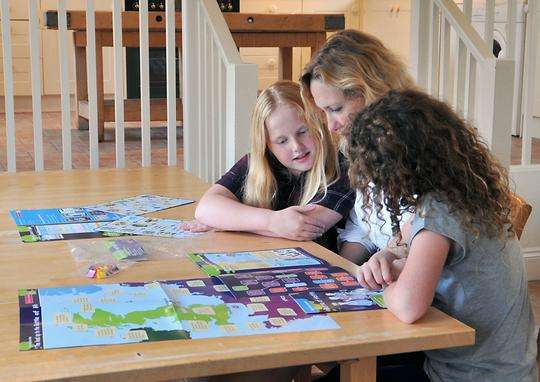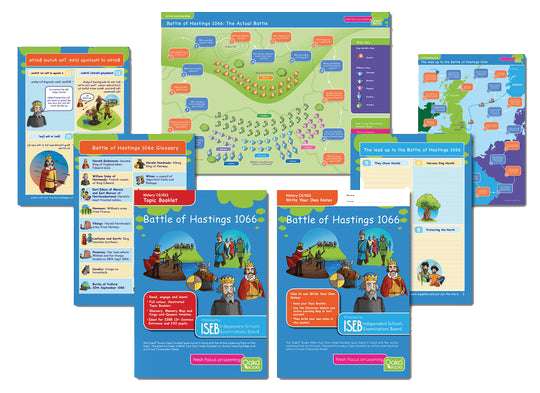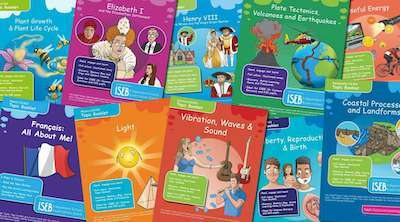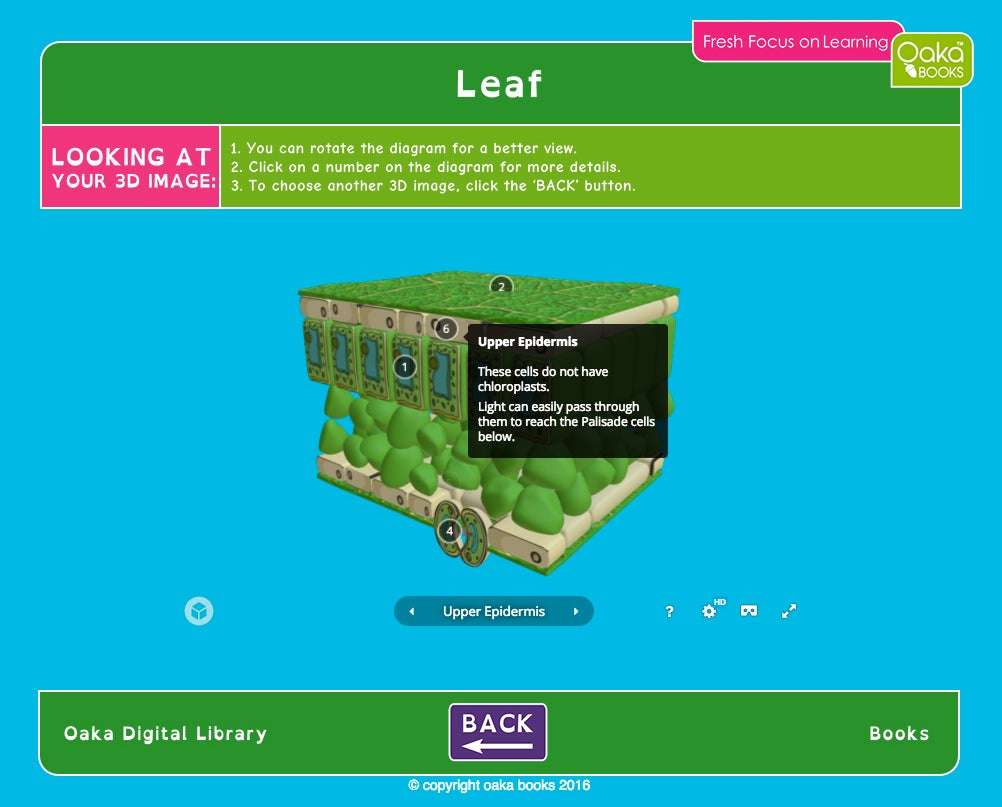A lot of the time the terms “teaching” and “learning” are used interchangeably as if they mean the same thing. But that isn’t completely true. There are little differences between the words that are important. The differences are even greater when it comes to our SEN children.
“Teaching” is about instruction, transmitting information. It has moved on from the rote memorisation that was popular until the 60s but it is still external, something that is “done to” the pupils.
On the other hand “learning” is more internal. We can learn without being taught in that very traditional way, we can learn without even really realising we are learning. This approach is more self-directed and self-motivated.
Teaching theory and training, the national curriculum and most schools are built on the style of teaching where the teacher is in charge and instructs the class, transmitting the information to them. But many teachers and education professionals would like to change it and push towards the more collaborative, self-guided, learning style.
Our understanding of child development, psychology, education, the brain and many other subjects are all brought together in trying to design the best way for children to learn, and for that learning to be facilitated. Teachers then become more like guides, tutors and mentors. They provide direction and are a resource that is still invaluable, that does not change.
The learning approach allows a child’s natural curiosity to drive and motivate them. They engage more fully with the material as they feel a sense of ownership over what they are learning. It doesn’t take a rocket scientist to work out that this is so much more motivational. but it can be hard to achieve if children who struggle to read are given the same text books as their fluent reading peers. More creativity can be needed to get the message across and maintain interest.
For visual learners the more traditional “teaching” style is not the best way for them to learn anyway. Their natural instinct is to explore rather than receive instructions – especially verbal or written instructions which is the form this style of teaching mostly takes. The same is true for dyslexic children or children with other special educational needs. Catering to their individual way of learning avoids frustration and them losing confidence in their abilities.
The Oaka Books resources are specially designed for visual learners and SEN learners. Replacing large chunks of text with illustrations, Oaka topic packs favour interactive activities and quizzes. Most importantly, the packs have been written and edited by subject and SEN experts to help less confident or able readers to investigate for themselves without being put off by huge amounts of text or big books.
Encouraging less able readers to actually want to pick up books so they feel confident to read on their own is so important in helping them become avid ‘learners’. If they can become true ‘learners’ then teachers can guide their interest rather than have to restrict them to classroom conformity to achieve in tests that are simply not suited to their abilities.





